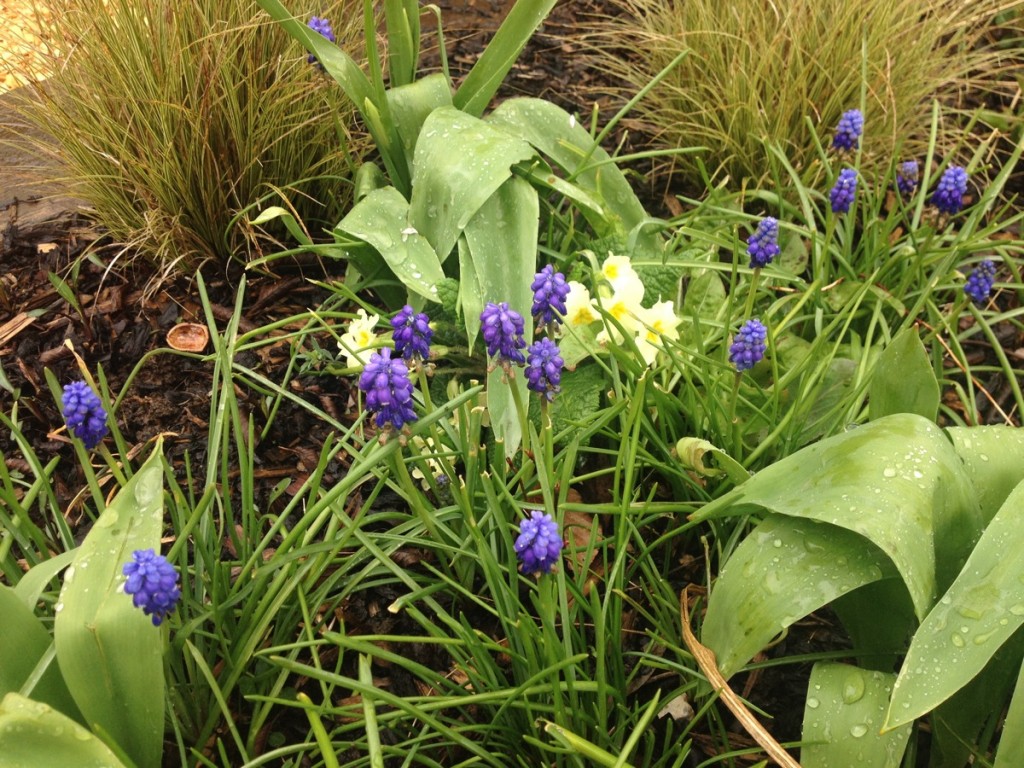
For me early spring has been all about bold blues, yellows and acid greens. It’s a colour combination I love to see after the monochromes of winter. In our front garden, primroses and grape hyacinths (muscari) are self-seeding happily in one border (see photo above), while on the other side of the path, dog violets and a creeping sedum, whose name I’ve forgotten, have formed a pretty mat that keeps weeds at bay (photo below). Yellow flowers lift my heart in the mornings, acid greens electrify dull, shady borders, and blues zing magically in low, late afternoon light.
There is a genuine scientific reason why blue flowers seem to glow at twilight. It’s something to do with the absence of white (direct) light in the scattered sunlight of twilight, which makes blues look more intense and bluer than they do during the day. The blues of this season come from pulmonaria (lungwort), bluebells, scilla, pushkinia, forget-me-nots, periwinkles, and chionodoxa (glory-of-the-snow), which have naturalised in the verges near our house, and their starry, sapphire flowers smother the grass under the trees.
Yellow spring flowers range from garish daffodils, creeping buttercups and cultivated polyanthus, to milky and subtle oxlips, native primroses and pale yellow narcissus. And you’ll see yellow flowers on shrubs such as mahonia, gorse, kerria, and forsythia, whose branches are covered in an opulent abundance of yellow blossom this month. There are even yellow tinged catkins on hazels, birches and willows.
My garden’s acid greens come from the spring foliage of Japanese painted ferns, the bright bracts of native spurge (euphorbia), stinking hellebore (helleborus foetidus) flowers, and new leaves on the dogwood and spiraea shrubs.
While it’s important to take time to enjoy these zesty spring colours, there is simply loads to do in the garden this month. So if you want to get the very best from your garden this year, you’d best get busy. Here are a few jobs that I will be doing this month:
Add more flowers to your garden
You’ll have lots more flowers in your garden this summer if you direct sow annual seeds now. It’s an easy job. Weed and rake a patch of bare soil until you have a fine tilth (smooth, finely and evenly crumbed soil). Then broadcast sow your seeds over the area, sprinkle over some soil, and water with a fine spray. Remember that you don’t have to use the whole packet of seeds at once, there are usually far more seeds than you need in there. Pop a label in the ground so you don’t weed out the seedlings later, and once they’ve germinated you can thin them out to their eventual spacings.
This month you can safely sow: nigella (love-in-a-mist), cosmos, cornflowers, California poppies, poached-egg flower, alyssum and larkspur (pop this packet in the freezer for 24-48 hours first to improve the chances of germination). Things to consider include eventual height, so you know whether to sow at the front or back or the border, and preferred growing conditions; most of these flowers prefer an open, sunny site.
If you haven’t already, you could also plant some summer flowering bulbs, such as ranunculus, liatris, lilies or crocosmia. As we’re getting to the end of bulb planting time, there will be lots of sale bargains to be had in garden centres and online shops. Plant the bulbs directly wherever you have a gap in your borders’ and then water them.
Green up your lawn
I am not overly fussed about having a perfect lawn. I call mine grass, which somehow makes it a bit less precious. And I actually like the clover that grows in huge patches all over my lawn. It flowers prettily in summer, is great for the bees, and stays green during dry spells. But I do remove broad leaved, rosette-forming weeds like dandelions and plantains.
Use a pointy trowel or daisy grubber to remove all or as much of the tap root as possible to prevent regrowth. Do it after rain when the ground is softer and the soil looser. And get your kids to pull the heads off dandelions whenever they spot them to prevent them seeding! You could offer a bribe treat for every ten flower heads. Or, you can buy a lawn weedkiller spot spray that will target weeds but leave the grass unharmed. The best time to do this is now, while weeds are growing vigorously.
Remember that grass, like all garden plants, needs some TLC every so often to keep it looking good. Mowing every week will encourage more growth and keep weeds down too. Start using a lawn feed treatment (such as Aftercut) after mowing, especially if your lawn is looking a bit sad after winter. You can also reseed bare patches by roughing the soil up a bit, sprinkling on the seed and then treading it in. You may need to protect newly seeded areas from seed gobbling pigeons by pegging down a bit of net.
Work in the veg patch
I have set up some pea sticks (twiggy branches that will form a support structure for climbing pea plants), and direct sown a patch of Ambassador peas beneath them. Peas are hungry plants so make sure you plant them in rich soil. Mine are in the raised bed where I grew the green manure over winter, and I also added a sack full of aged horse muck before planting.
I’ll also be sowing sweetcorn in small pots soon, to grow on indoors until it’s warm enough to plant outside. Last year, I was too late sowing sweetcorn so we missed out on a harvest before the cold weather hit in autumn, and I really want to eat some home-grown, super sweet, fresh corn this year.
And lastly, it’s time to plant seed potatoes if you started chitting them last month. If you’re growing them in sacks, like me, put some compost and well-rotted manure (I used a 50:50 mix) into the bag, filling it about a quarter of the way up. Then roll down the sides so it will catch more rain and sun. Place two or three potatoes with the shoots pointing up on the surface, and cover them with more compost.
For the next few weeks, you should make sure the compost stays moist, watering the sacks if they’re not getting enough rain. Potato plants do not like drying out. New shoots will need protecting with horticultural fleece if there is a frost forecast. Keep earthing up the stems as they grow; in other words, chuck on some more compost every week or so, to cover up the new growth. This causes the stems to become roots, which will mean a bigger potato crop.
Happy gardening everyone! I hope you manage to find some time to go outside in between all these April showers.
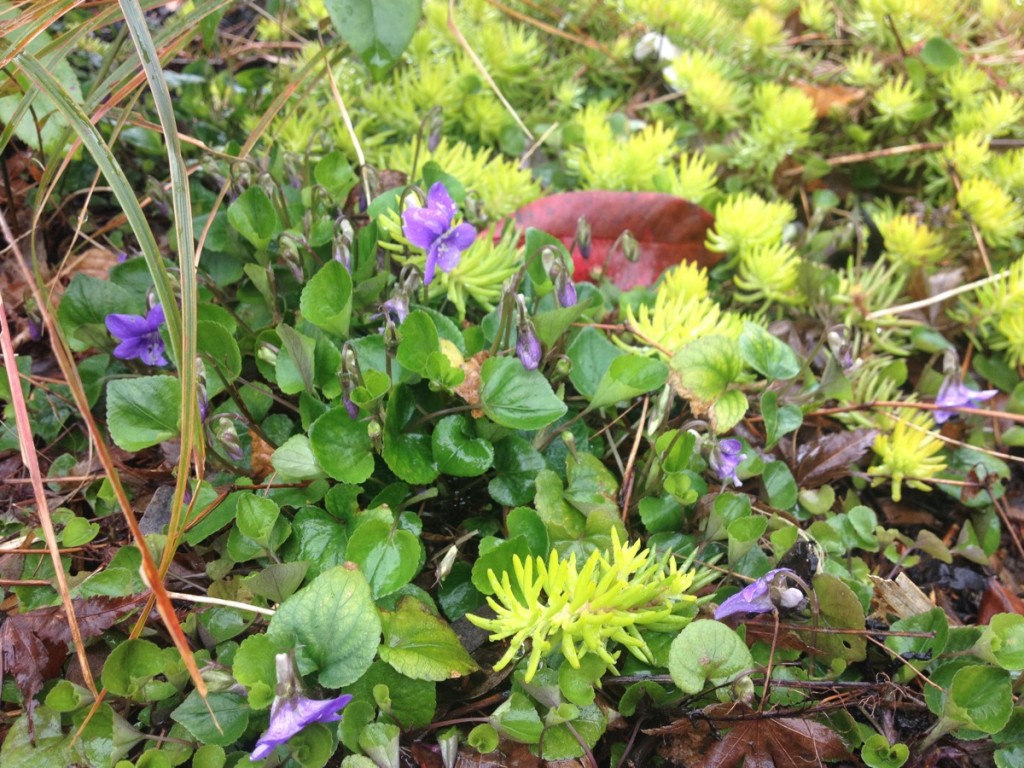
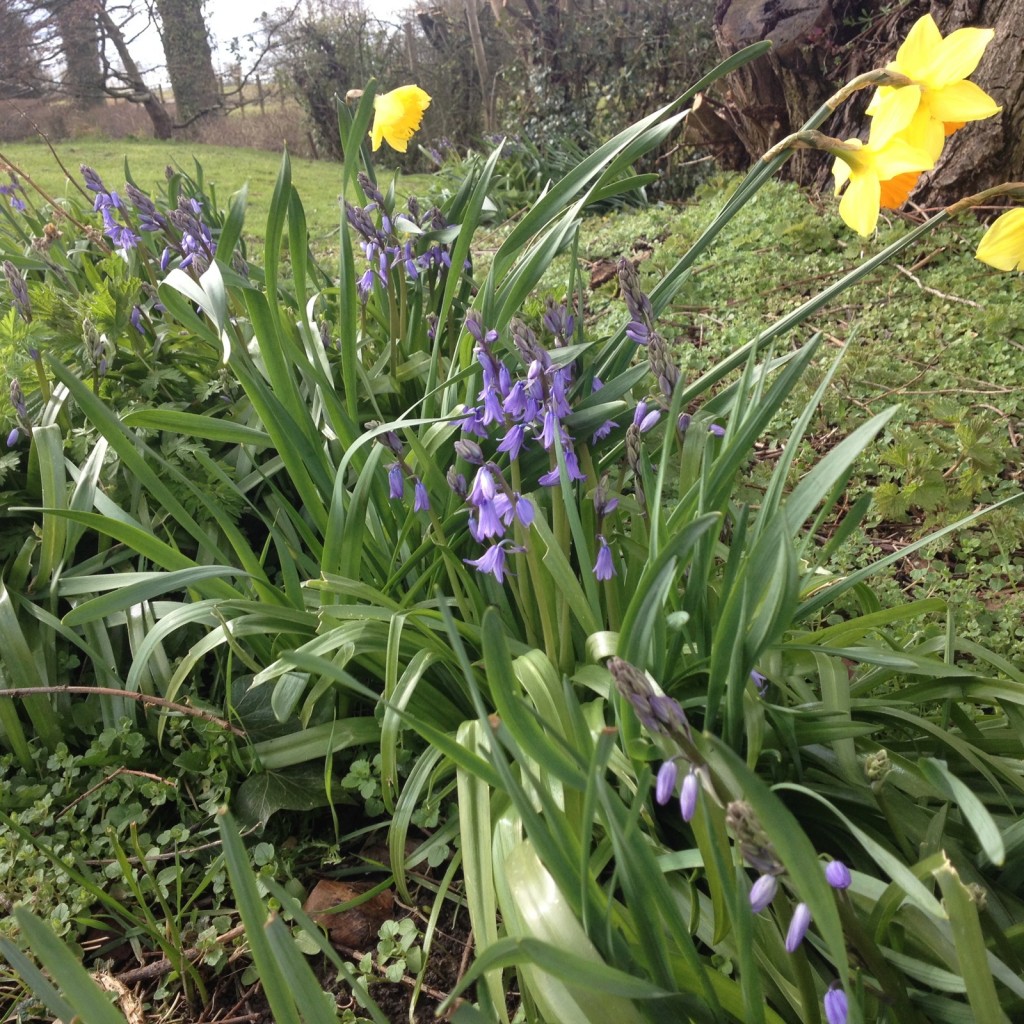
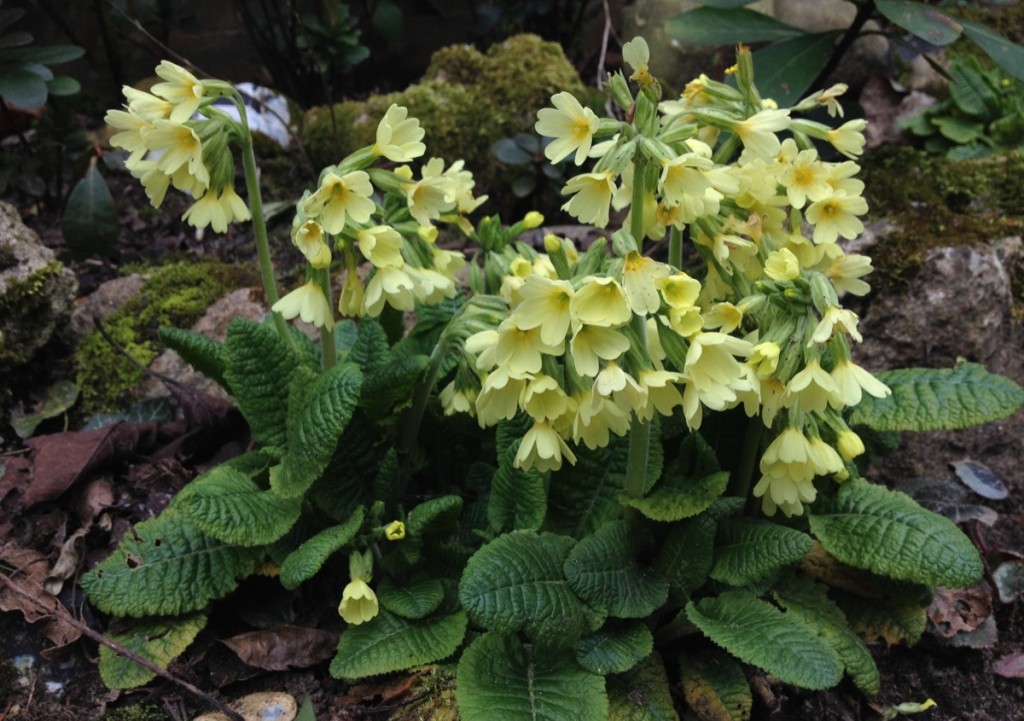
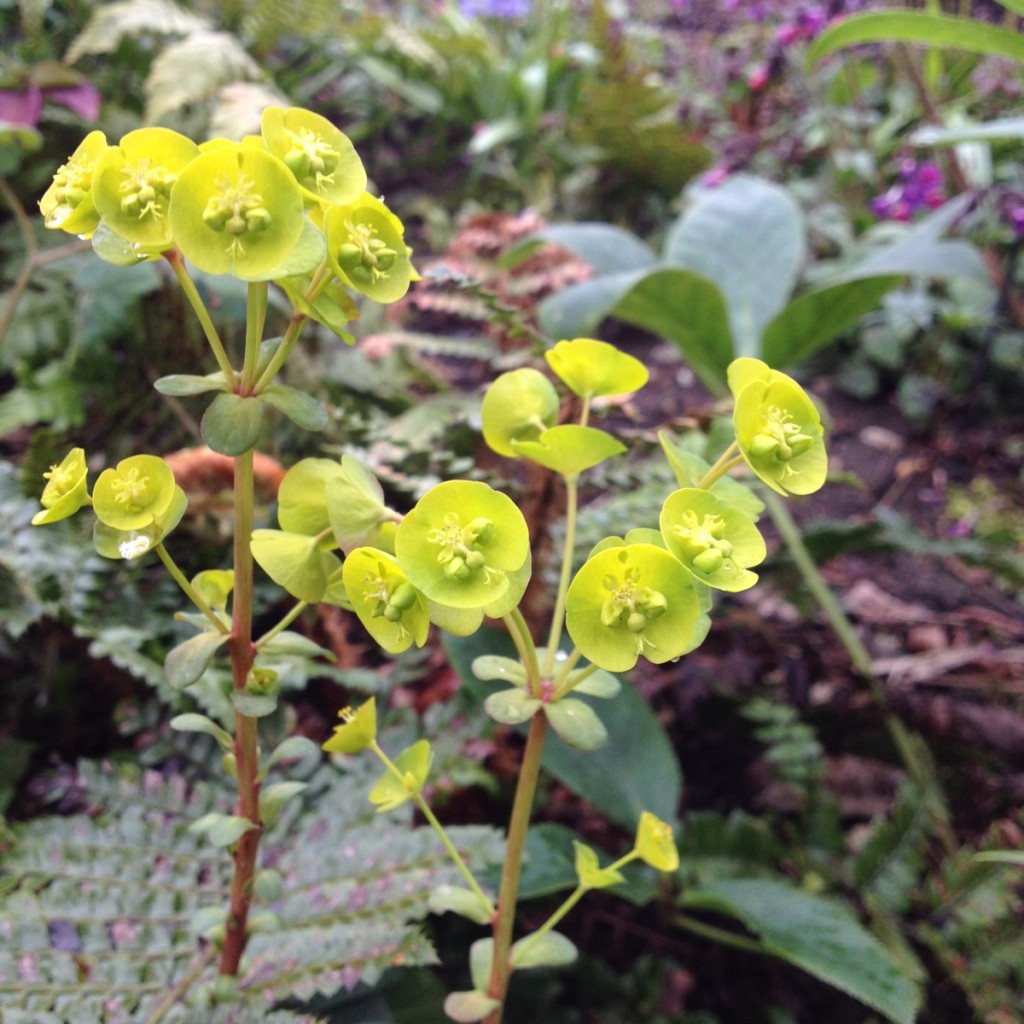
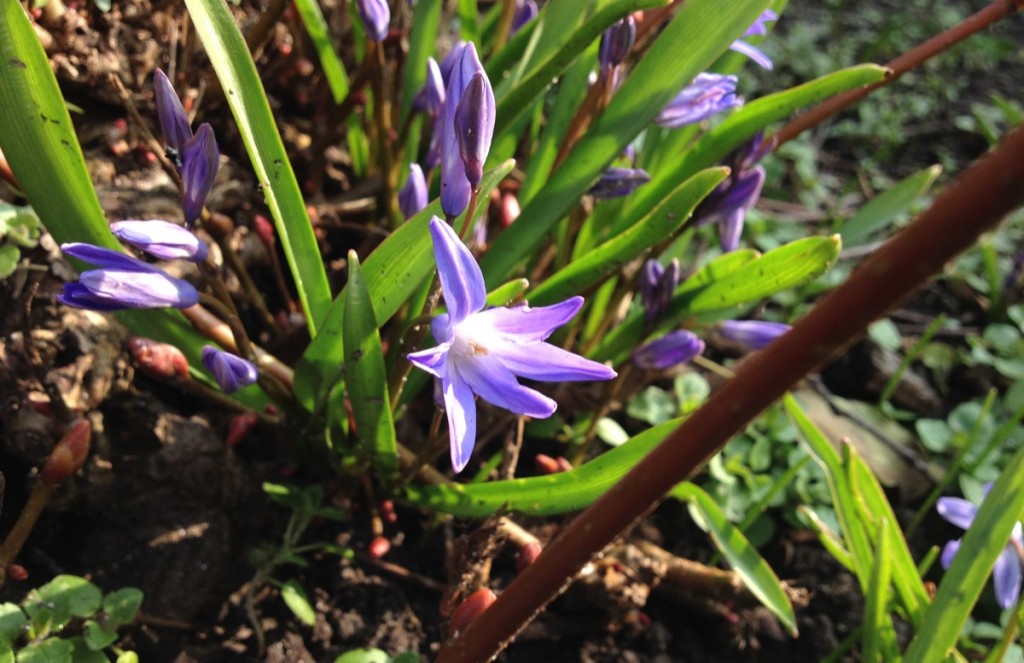
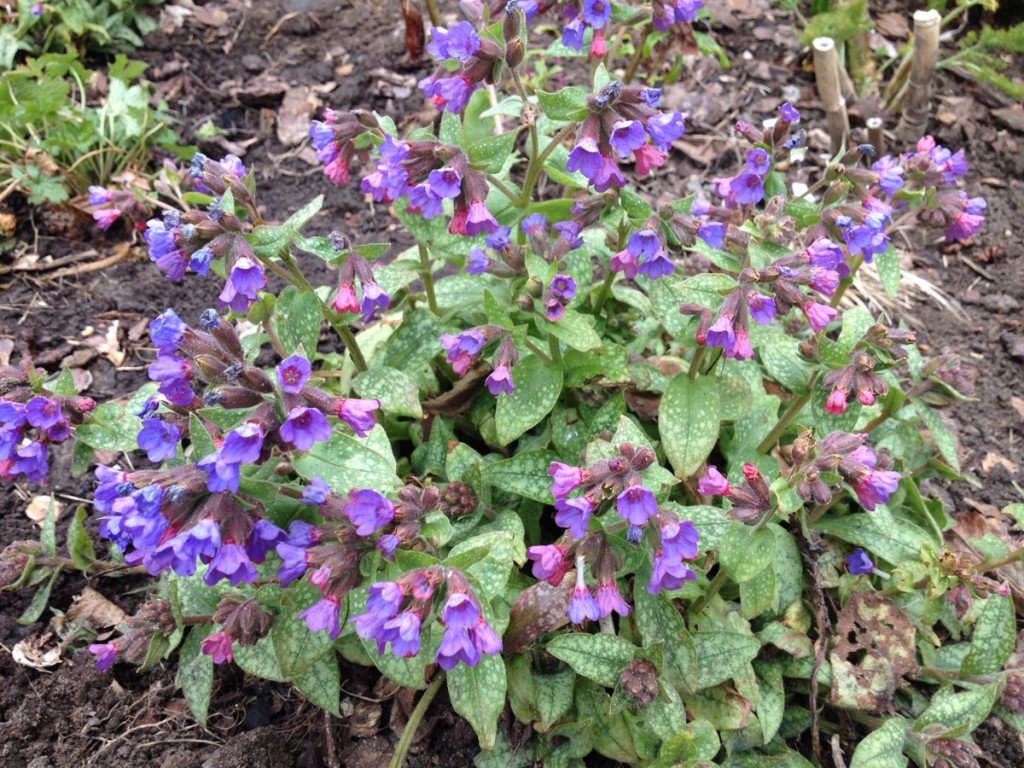
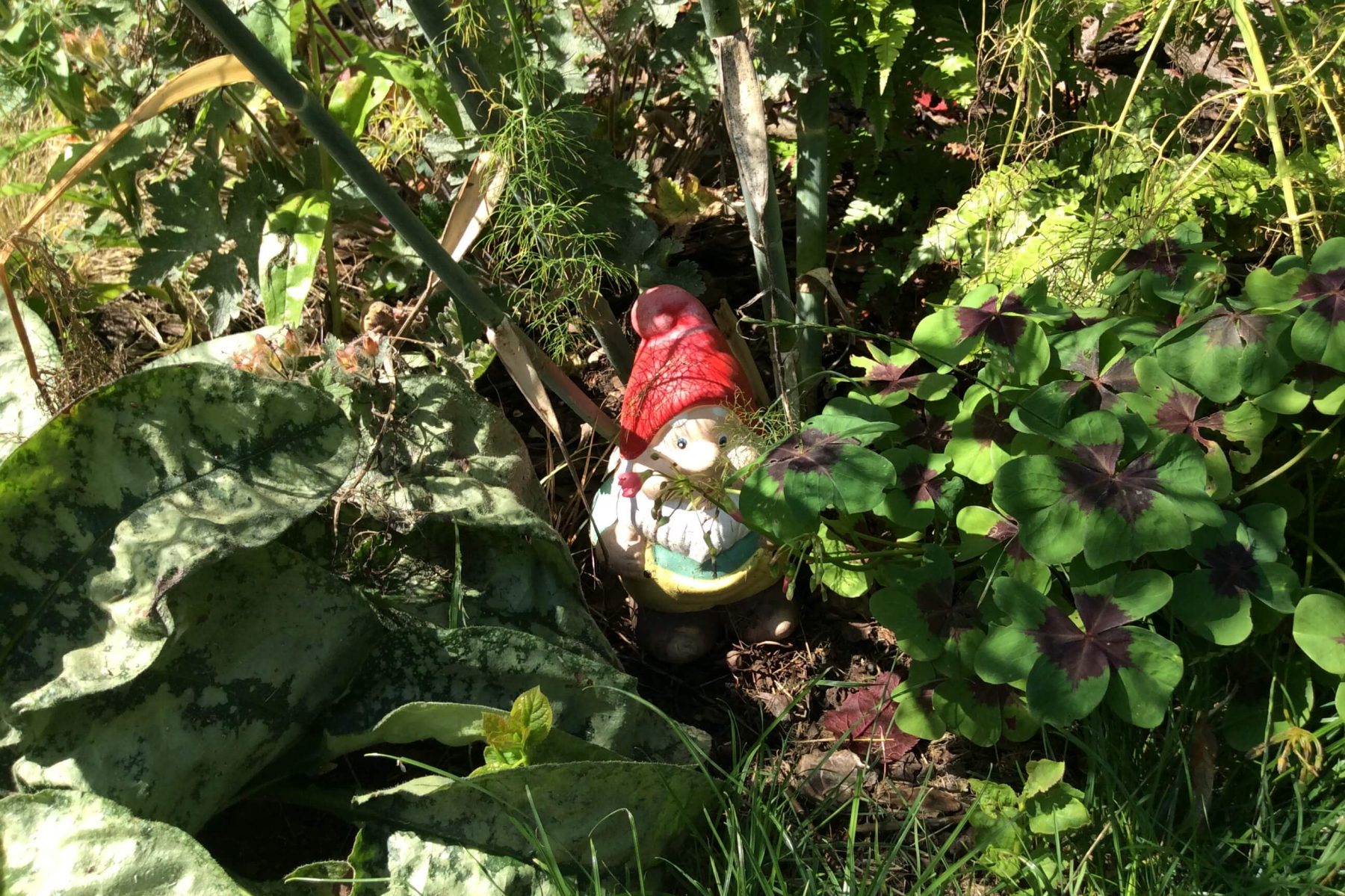
1 comment for “April: What To Do Now”